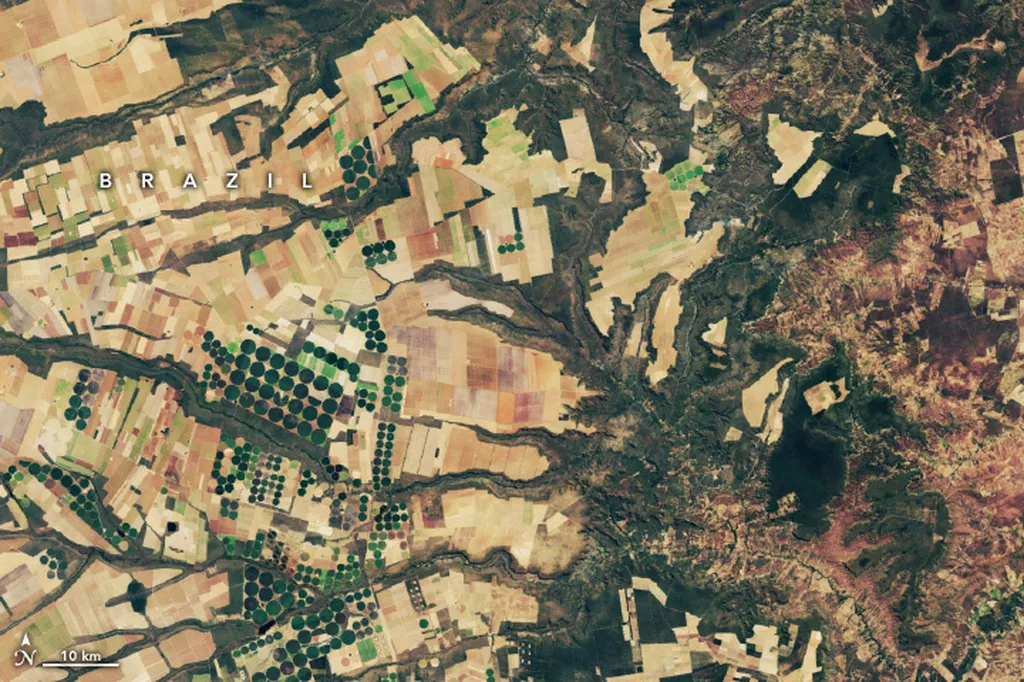In a significant stride towards automating agricultural processes, researchers from the universities of Würzburg and Potsdam in Germany have developed an advanced 3D laser scanner designed to enhance the capabilities of harvesting robots. This innovation promises to address the pressing labor shortages in the agricultural sector while improving the precision and efficiency of crop harvesting.
The scanner employs a tri-color light system, utilizing green, red, and near-infrared light to create detailed 3D models of plants and fruits. Green and red light are primarily used to capture the shape and structure of the plant, providing a comprehensive overview of its physical attributes. Near-infrared light, however, penetrates deeper into the plant or fruit, enabling the scanner to assess physiological properties such as water content in fruits or leaves. This multifaceted approach allows researchers and growers to determine the health and maturity of plants with unprecedented accuracy.
The implications of this technology are far-reaching. By creating detailed 3D models, the scanner can evaluate whether a plant has adequate water, whether the fruit is ripe, and whether the overall growth is progressing as desired. This level of precision is crucial for optimizing the sensor technology of harvesting robots, which are being developed to take over a significant portion of human labor in agriculture.
The development of harvesting robots is driven by the structural shortage of seasonal labor in fruit growing and other horticultural and agricultural sectors. The demand for labor is expected to rise, but the supply is dwindling. Workers from Eastern Europe, who have traditionally filled these roles, are increasingly opting for jobs closer to home due to improved economic conditions. Additionally, migration policies are contributing to a growing shortage of workers in these sectors.
The new 3D laser scanner is a step towards addressing these challenges. By enhancing the functionality, safety, and reliability of harvesting robots, this technology can help mitigate labor shortages and ensure that agricultural operations remain efficient and productive. The scanner’s ability to provide detailed and accurate information about plant health and maturity can also lead to better resource management and improved crop yields.
As the agricultural sector continues to evolve, the integration of advanced technologies like the 3D laser scanner will be crucial. These innovations not only address immediate labor shortages but also pave the way for more sustainable and efficient farming practices. The collaboration between researchers and industry stakeholders will be key in driving these advancements forward, ensuring that the agricultural sector can meet the demands of a growing population while adapting to changing labor dynamics.

